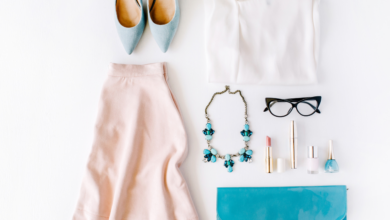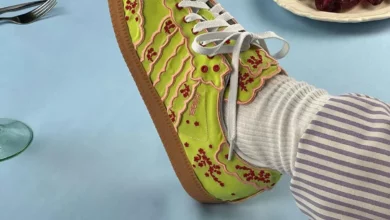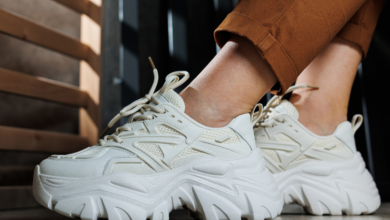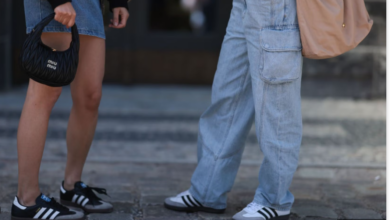
Discover the fascinating connection between color choices in fashion and the impact they have on our emotions with stylish.ae Insights. In this insightful article, you’ll uncover the power of color psychology and how it can elevate your mood. From vibrant reds igniting passion to calm blues inducing a sense of tranquility, explore the profound influence that the colors we wear can have on our overall well-being. Whether you’re looking to boost your confidence or create a sense of serenity, this article will guide you in choosing the perfect hues to enhance your emotional state and make a stylish statement. Get ready to unlock the transformative power of color in fashion and elevate your mood.
The Psychology of Color
Color has a profound effect on our emotions and perceptions, and this extends to the world of fashion. The colors we choose to wear can influence our mood, confidence, and even how others perceive us. Understanding the psychology of color can help us make conscious choices when it comes to our fashion and personal style, allowing us to harness the power of color to enhance our well-being and express ourselves. In this article, we will explore the fascinating relationship between color and emotions, the cultural influence on color perception, and how personal preferences play a role in our color perception.
Color and Emotions
The impact of color on our emotions is undeniable. Certain hues have been proven to evoke specific emotional responses in individuals. For example, warm colors like red, orange, and yellow are often associated with feelings of energy, passion, and happiness. These vibrant shades can make us feel more alert and motivated. On the other hand, cool colors like blue, green, and purple tend to have a calming effect on our emotions. These serene hues can create a sense of tranquility and relaxation. By understanding the emotional power of color, we can strategically choose the colors that align with the emotions we want to embody.
Cultural Influence on Color Perception
Color perception is not solely based on personal preferences but also heavily influenced by cultural factors. Different cultures have distinct associations with certain colors, which can impact how individuals perceive and respond to them. For example, while the color white is associated with purity and innocence in Western culture, it represents mourning and funerals in many Asian cultures. Similarly, red is often interpreted as a symbol of luck and prosperity in Chinese culture, but it can signify danger or caution in other contexts. When considering color choices in fashion, it is important to be mindful of the cultural significance attached to certain colors in order to avoid unintentional misunderstandings or misinterpretations.
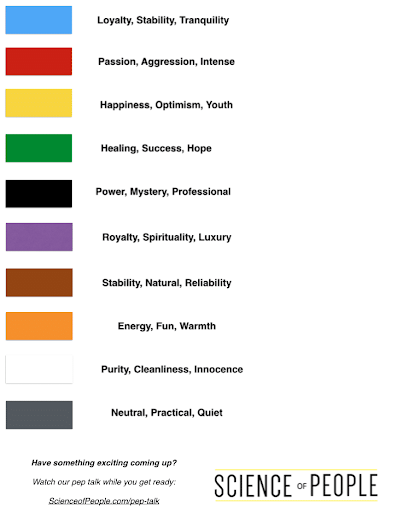
Personal Preferences and Color Perception
While cultural influences play a significant role in color perception, personal preferences also factor into how we perceive and respond to different colors. Each person has their own unique set of experiences, memories, and associations with certain hues. For example, someone who had a positive experience associated with the color blue during their childhood may have a natural affinity towards it, finding it comforting and soothing. In contrast, someone who had a negative experience associated with the color red may have an aversion towards it, perceiving it as aggressive or overwhelming. Our personal preferences can heavily influence our color perception and should be taken into consideration when making fashion choices.
Color Choices in Fashion
Now that we have explored the psychology of color and its impact on our emotions, let’s delve into how color choices in fashion can significantly influence our mood and overall well-being. Fashion provides us with a unique opportunity to express ourselves and project our desired image to the world. By strategically choosing colors that align with our intentions, we can enhance our mood, boost our confidence, and make a lasting impression. In the following sections, we will explore the relationship between color and emotions in fashion, the impact of color on our mood, and various color combinations and harmonies that can be utilized to create cohesive and visually pleasing outfits.
Trends and Color Psychology
Fashion trends often reflect the collective mood and preferences of a given time period, and color plays a pivotal role in shaping these trends. Designers and fashion influencers carefully consider color psychology when creating collections, as they understand the power of color to evoke specific emotions and create a desired atmosphere. For instance, during times of economic uncertainty, cool and calming hues such as pastels and neutrals may dominate the fashion landscape to create a sense of stability and calm. In contrast, vibrant and bold colors may take center stage during periods of celebration, encouraging a sense of optimism and joy. By staying aware of the current color trends, we can effectively leverage fashion as a tool to reflect and influence our emotions.
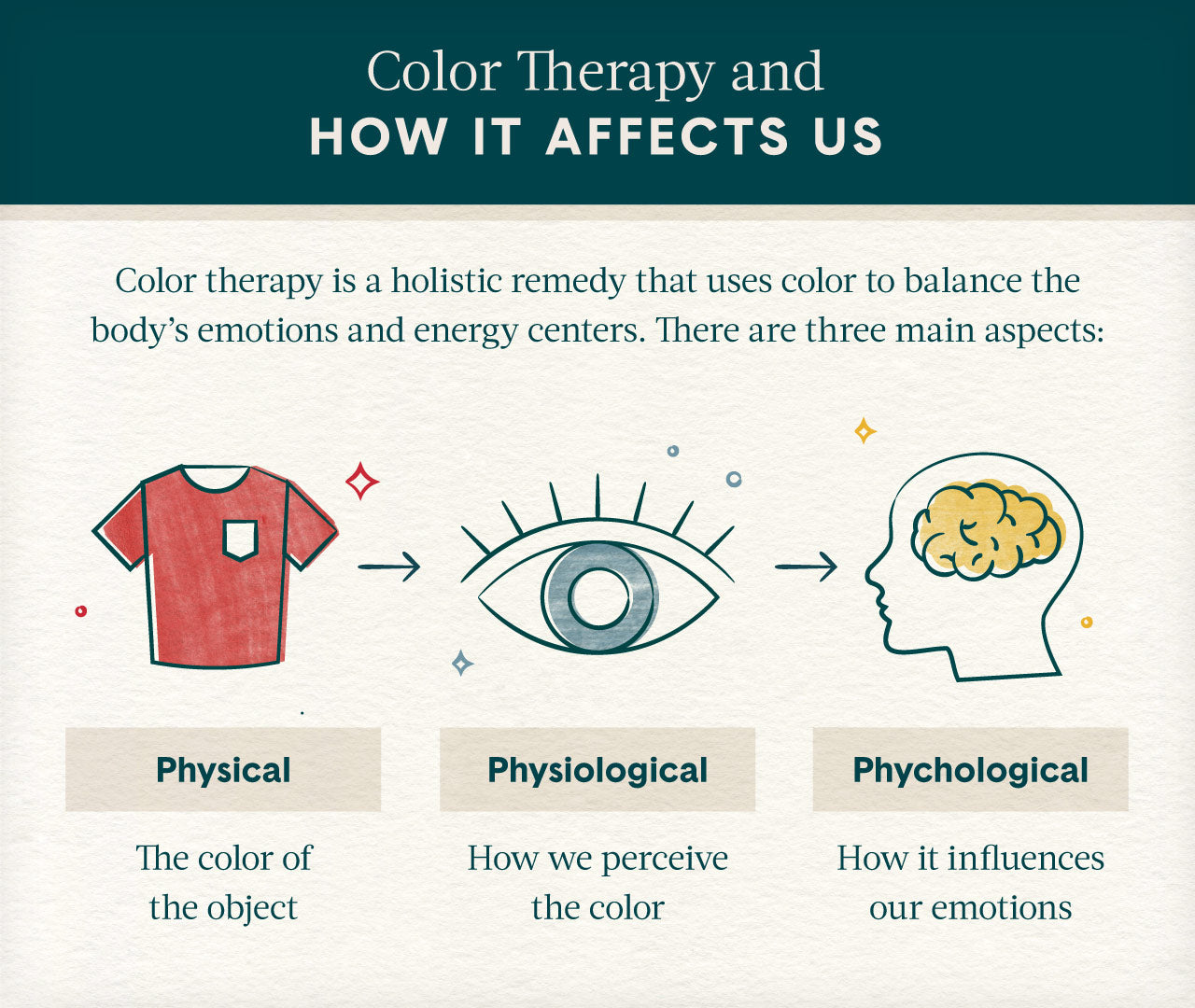
Color Associations in Fashion
In addition to the influence of trends on color choices in fashion, there are also specific associations that have been established between colors and certain qualities or characteristics. These associations can vary across cultures but often have broad implications. For example, black is commonly associated with elegance, sophistication, and formality, while white is often associated with purity, simplicity, and innocence. Red is frequently associated with passion, excitement, and power, while blue is often associated with calmness, trustworthiness, and stability. Understanding these associations can help us make informed fashion choices that align with the image we want to project and the emotions we want to evoke.
Impact of Color on Mood
Just as color can impact our emotions, it also has the power to influence our mood. The colors we surround ourselves with in our everyday lives, including our fashion choices, can have a subtle yet profound effect on our overall well-being. By strategically incorporating colors associated with positive emotions and desired mood states into our outfits, we can actively elevate our mood and enhance our daily experiences. For example, wearing shades of yellow or orange, which are associated with happiness and energy, can help us feel more cheerful and motivated throughout the day. Alternatively, opting for calming shades of blue or green can promote a sense of relaxation and tranquility.
Choosing Colors for Happiness
Happiness is a desirable emotion that most of us strive to experience on a regular basis. By using color to evoke feelings of happiness, we can enhance our overall well-being and outlook on life. When choosing colors for happiness, vibrant and warm hues like yellow and orange are excellent choices. These colors are often associated with feelings of joy, enthusiasm, and positivity. Incorporating these shades into our fashion choices, whether through clothing, accessories, or even makeup, can help us radiate happiness and uplift our own spirits, as well as those around us.
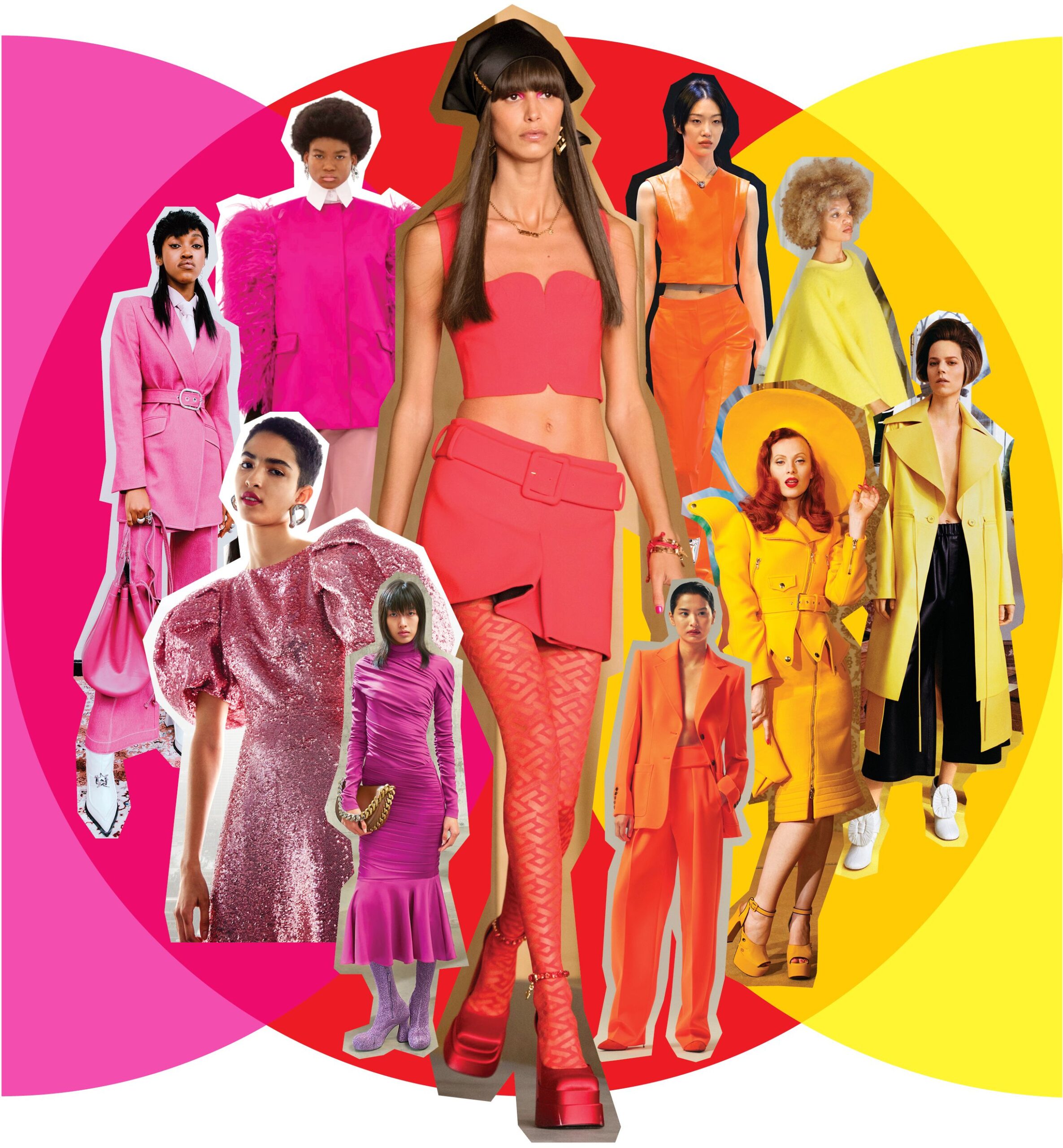
Colors for Confidence and Strength
Confidence and strength are qualities that can greatly impact our personal and professional lives. By choosing colors that evoke these qualities, we can enhance our self-perception and project a powerful image to others. Deep and rich colors like burgundy, navy blue, and emerald green are often associated with confidence and strength. These colors command attention and convey a sense of authority. Incorporating these shades into our fashion choices can boost our confidence and make us feel more empowered. When we feel confident in our appearance, we are more likely to carry ourselves with poise and assertiveness.
Colors for Relaxation and Calm
In the midst of our hectic lives, finding moments of relaxation and calm is essential for our overall well-being. By incorporating colors that promote a sense of tranquility and serenity into our fashion choices, we can create a more balanced and peaceful mindset. Cool hues like shades of blue and green are known to have a calming effect on our emotions. These colors mimic the soothing qualities of nature and can help us feel more centered and at ease. Whether it’s a soft blue dress or a mint green sweater, incorporating these colors into our wardrobe can serve as a gentle reminder to prioritize self-care and find moments of stillness amidst the chaos.
Colors for Energy and Excitement
Sometimes, we crave a burst of energy and excitement to invigorate our spirits and add a spark to our day. By strategically choosing colors associated with energy and excitement, we can infuse our fashion choices with vibrancy and dynamism. Bold and bright colors like red, orange, and hot pink are known to create a sense of energy and enthusiasm. These hues demand attention and can instantly uplift our mood. Incorporating pops of these colors into our outfits, whether through statement accessories or statement pieces, can inject a sense of liveliness and vitality into our day.
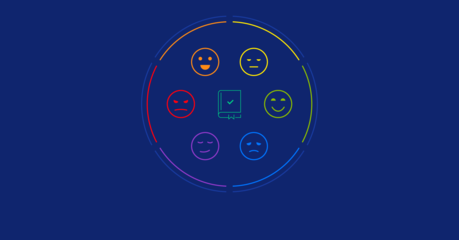
Color Combinations and Harmonies
While individual colors can evoke specific emotions and convey certain qualities, the way colors interact with each other can also greatly impact our overall perception. The art of color combinations and harmonies in fashion involves strategically pairing colors to create a visually pleasing and cohesive look. By understanding different color schemes and their effects, we can create outfits that not only reflect our emotions but also showcase our personal style and aesthetic preferences.
Complementary Colors
Complementary colors are pairs of colors that lie opposite each other on the color wheel. These combinations create a high contrast and can make both colors appear more vibrant and dynamic. Examples of complementary color combinations include red and green, blue and orange, and purple and yellow. By incorporating these combinations into our outfits, we can create a bold and eye-catching look that exudes energy and excitement.
Analogous Color Scheme
Analogous color schemes involve choosing colors that are adjacent to each other on the color wheel. These combinations create a harmonious and cohesive look. For example, pairing shades of blue, green, and teal can create a serene and relaxing outfit. Analogous color schemes are often found in nature and can evoke a sense of balance and tranquility. By utilizing this color scheme in fashion, we can create a visually appealing and calming aesthetic.
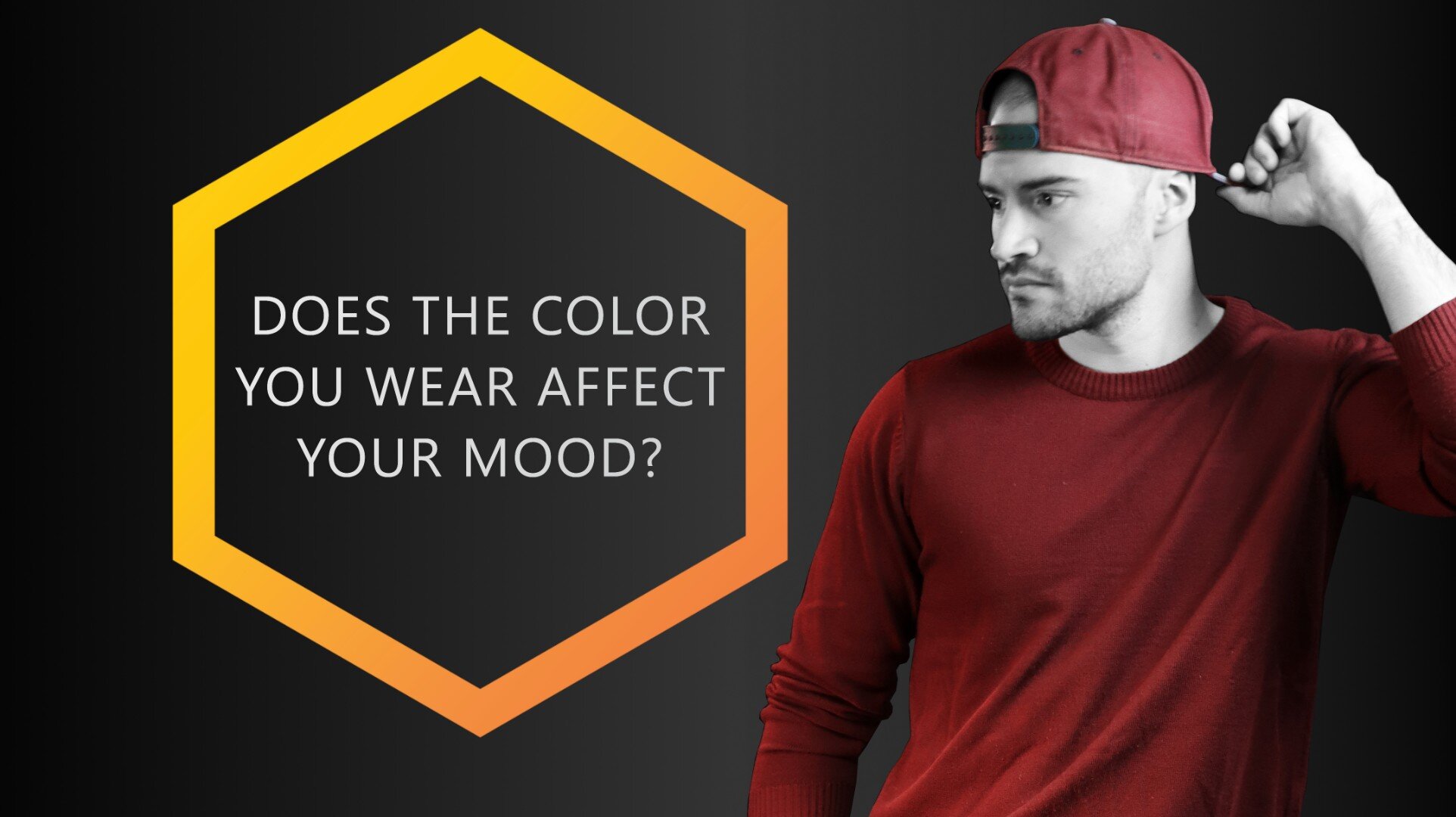
Triadic Colors
Triadic color schemes involve choosing three colors that are evenly spaced around the color wheel. These combinations create a visually stimulating and vibrant look. For example, pairing red, yellow, and blue can create a bold and energetic outfit. Triadic color schemes allow for a wide range of possibilities and can be used to create a lively and eye-catching aesthetic. By experimenting with different triadic combinations, we can showcase our creativity and make a striking fashion statement.
Monochromatic Color Scheme
Monochromatic color schemes involve using different shades, tints, and tones of a single color. This creates a cohesive and sophisticated look. For example, wearing various shades of blue from navy to sky blue can create an elegant and polished outfit. Monochromatic color schemes are especially versatile and can be easily adapted to any personal style or aesthetic. They offer a timeless and sophisticated approach to fashion and allow us to explore the nuances and subtleties of a single color.
Color and Personal Style
While understanding the psychological impact of colors and different color combinations is important, it is equally crucial to find our personal color palette that aligns with our unique style and preferences. Each person resonates with different colors, and finding the ones that make us feel truly like ourselves is essential. Experimenting with different colors and observing how they make us feel is a great way to identify our personal color palette. By curating a wardrobe that reflects our authentic self, we can feel confident and empowered in our personal style.
Finding Your Color Palette
Finding your color palette involves identifying the colors that make you feel most confident, comfortable, and happy. Start by paying attention to the colors that naturally draw you in when you shop or browse fashion magazines. Notice the colors that make your eyes light up and your heart sing. These are the colors that you naturally feel drawn to and would enjoy wearing. Create a mood board or a virtual collection of fashion looks that resonate with you and analyze the colors present in those outfits. This visual exploration will help you identify patterns and preferences, leading to the discovery of your personal color palette.
Color Symbolism in Personal Style
Every color carries its own symbolism and meaning, and incorporating these symbols into our personal style can add depth and intention to our fashion choices. For example, wearing earthy tones like brown and green can evoke a sense of grounding and connection to nature. Alternatively, vibrant and bold shades like red or yellow can project a sense of confidence and vitality. By understanding the symbolism behind different colors, we can use them strategically to express our personality and amplify our self-expression through fashion.
Using Color to Enhance Your Mood
Once you have identified your personal color palette and understand the symbolism behind different colors, you can leverage this knowledge to actively enhance your mood through fashion. Start by incorporating your preferred colors into your outfits and observe how they make you feel. Pay attention to subtle shifts in your emotions and mindset when wearing certain colors. Experiment with different color combinations and harmonies to create outfits that evoke the desired mood state. By consciously using color to enhance your mood, you can transform your everyday fashion choices into a powerful tool for self-expression and emotional well-being.
Color Experimentation and Fashion
Fashion is inherently creative, and color experimentation plays an integral role in pushing the boundaries of personal style and self-expression. Stepping out of our comfort zones and trying new color combinations can broaden our fashion horizons and introduce us to new possibilities. Whether it’s experimenting with bold color blocking techniques, incorporating contrasting accessories, or playing with unexpected color pairings, the process of color experimentation in fashion allows us to unleash our creativity and discover new facets of our personal style.
Stepping Out of Your Comfort Zone
Stepping out of our comfort zones when it comes to color choices can be an exhilarating and transformative experience. It allows us to break free from established patterns and explore uncharted territory. Start by incorporating small pops of color into your outfits if you’re not accustomed to wearing bold hues. Gradually, as you become more comfortable, you can experiment with larger color statements and more daring color combinations. Embracing color experimentation is a journey of self-discovery and creative expression, and the possibilities are endless.
Color Blocking Techniques
Color blocking is a technique that involves pairing solid blocks of different colors together to create a visually striking outfit. It is a bold and fashion-forward approach to incorporating color into your wardrobe. To create a color block outfit, choose two or more contrasting colors and ensure that they are evenly distributed throughout your look. This technique allows for endless creativity and can be adapted to suit any personal style. Whether you opt for subtle color blocking with more muted hues or embrace a vibrant and eye-catching combination, color blocking is an effective way to make a statement and showcase your fashion-forward sensibilities.
Creating a Mood with Accessories
Accessories provide a fantastic opportunity to experiment with color and create a specific mood within an outfit. Whether it’s a statement necklace, a vibrant handbag, or a bold pair of shoes, accessories can add a pop of color and inject personality into an otherwise neutral outfit. For example, a vibrant red handbag can instantly elevate a simple black dress and make a bold statement. By strategically selecting accessories in colors that align with the desired mood or emotion, you can create a cohesive and impactful look that reflects your personal style.
Tips for Incorporating Color into Your Wardrobe
Incorporating color into your wardrobe can feel overwhelming, especially if you’re used to sticking with neutrals. However, with a few simple tips and tricks, you can confidently embrace color and experiment with different combinations and harmonies.
Start with Accessories
If you’re hesitant to fully dive into colorful outfits, start by incorporating color through accessories. Opt for vibrant scarves, statement belts, or colorful handbags to add pops of color to your neutral outfits. This allows you to test the waters and gradually become more comfortable with wearing color.
Coordinate with Neutrals
If you prefer a more understated and classic look, you can incorporate color by pairing it with neutrals. Use colors strategically as accents to enhance your outfit rather than overpower it. For example, a bold red blazer can uplift a black and white outfit, or a pair of vibrant earrings can add a touch of color to a neutral-toned dress.
Experiment with Prints and Patterns
Prints and patterns offer a playful and creative way to incorporate color into your wardrobe. Look for prints with vibrant and contrasting colors that align with your personal style. Whether it’s a floral dress or a striped blouse, incorporating color through prints can infuse your outfits with personality and visual interest.
Colorful Makeup and Nail Polish
Another fun and temporary way to experiment with color is through makeup and nail polish. Play around with different eyeshadow shades, lipsticks, and nail polish colors to add pops of color to your overall look. This allows you to experiment with different hues without committing to a full colorful outfit.
Color Trends in Fashion
Color trends in fashion are constantly evolving, reflecting the changing moods, influences, and preferences of society. These trends are often set by influential designers, fashion houses, and trend forecasters and shape the fashion landscape each season. By staying aware of current color trends, you can ensure your fashion choices feel fresh, relevant, and in tune with the larger fashion community.
Influences on Color Trends
Color trends in fashion are influenced by a multitude of factors, including cultural changes, social movements, and even political events. Designers draw inspiration from a wide range of sources, such as art, nature, history, and technology. Additionally, consumer preferences and demand contribute to color trends, as fashion brands and retailers strive to cater to the desires of their target audience. By understanding the influences on color trends, we can gain insight into the larger cultural and societal context in which fashion operates.
Pantone Color of the Year
Since 2000, the Pantone Color Institute has declared a “Color of the Year” that serves as a significant influence on fashion, design, and various industries worldwide. This color selection is determined through careful analysis of global color trends, consumer psychology, and cultural significance. The Pantone Color of the Year sets the tone for color choices in fashion, interior design, graphic design, and other creative fields. By paying attention to the Pantone Color of the Year, you can stay ahead of the curve and incorporate the latest color trends into your wardrobe.
Fashion Week Color Trends
Fashion Week, held in major cities around the world, is a biannual event that showcases the latest collections from top designers and sets the tone for upcoming fashion trends. In addition to showcasing innovative designs, Fashion Week also serves as a platform to unveil the latest color trends. Designers carefully curate their color palettes to convey their vision and make a lasting impression. By keeping an eye on the color trends showcased during Fashion Week, you can gain valuable insight into the upcoming fashion seasons and make informed fashion choices.
The Impact of Cultural Differences
The perception and symbolism of colors can vary greatly across different cultures. Colors carry cultural significance, and understanding these meanings is crucial when it comes to cross-cultural fashion choices. By appreciating the impact of cultural differences, we can avoid miscommunications and foster greater cultural understanding through our fashion choices.
Meanings of Colors in Different Cultures
Colors can hold vastly different meanings in different cultures. For example, white is often associated with purity and innocence in Western cultures, while in many Asian cultures, it is associated with mourning and funerals. Additionally, colors can carry religious or spiritual connotations that vary across cultures. By familiarizing ourselves with the meanings of colors in different cultures, we can demonstrate respect and sensitivity through our fashion choices.
Cross-cultural Fashion Choices
In our increasingly globalized world, cross-cultural fashion choices are more prevalent than ever. People from different cultures are influenced by each other’s fashion, and cultural fusion is celebrated. However, it is important to approach cross-cultural fashion with cultural sensitivity and respect. When incorporating elements from different cultures into our outfits, it is essential to understand the significance of those elements and avoid appropriating or misrepresenting them. By embracing cross-cultural fashion choices with cultural understanding, we can celebrate diversity and foster cultural appreciation.
Conclusion
The psychology of color is a powerful tool that can transform our fashion choices and elevate our emotions. By understanding the relationship between color and emotions, the cultural influence on color perception, and the impact of personal preferences, we can make informed choices when it comes to incorporating color into our wardrobe. From understanding color associations in fashion to experimenting with different color combinations and harmonies, we can harness the power of color to reflect our personality and enhance our well-being. Fashion provides us with a canvas to showcase our emotions, creativity, and personal style, and by exploring the world of color, we can curate a wardrobe that is not only visually appealing but also emotionally uplifting. So go ahead and embrace the language of color, and let it positively influence your fashion choices and your mood.
From Runway To Real Way: Decoding Global Fashion Trends With Stylish.ae(Opens in a new browser tab)
Beyond The Basics: Elevating Everyday Wear With Stylish.ae Insights(Opens in a new browser tab)

